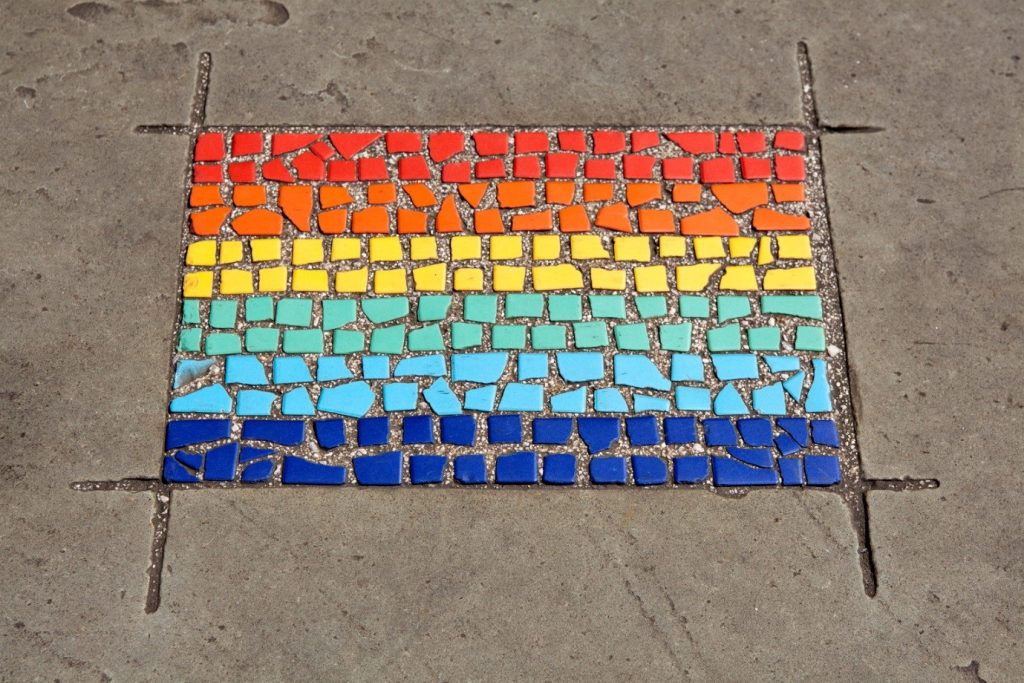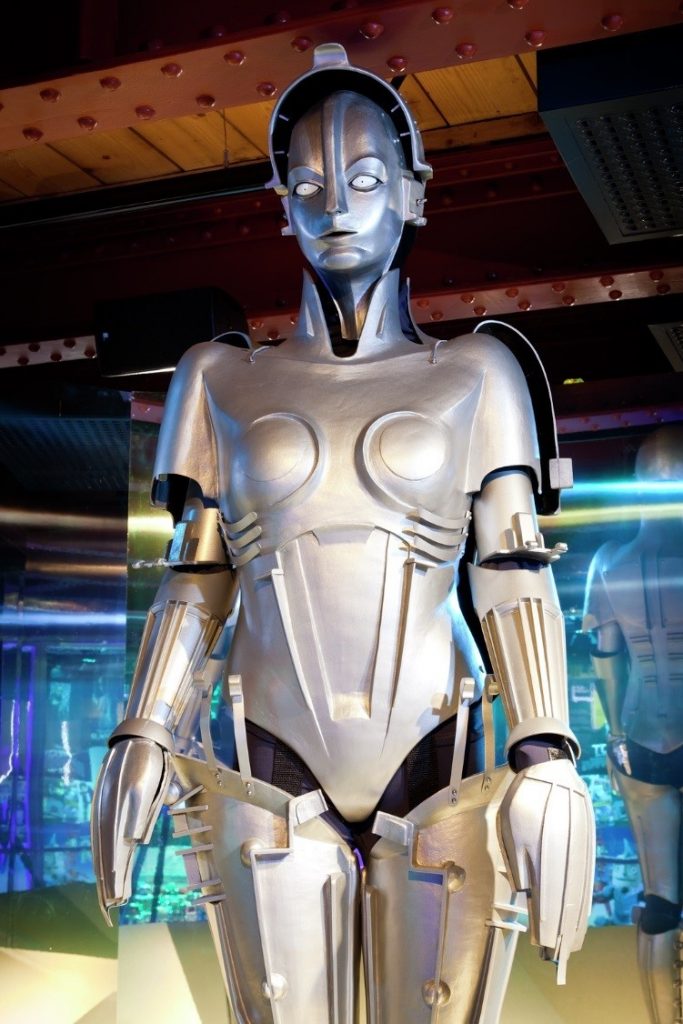I spend far too much of my life on Twitter, and for this I blame museums.
Until last year I didn’t have much of an interest in social media (aside from looking at GIFs of dogs, obviously). However, I’ve always loved being able to share interesting stories and objects from museum collections. It wasn’t until I decided to try out Twitter that I realised there were loads of people who were using social media to do just that.
Since then I’ve been trying to get to grips with the strange and amazing world of museum Twitter. It’s been a weird, but incredibly fun journey. I’ve made posts showing off collections that otherwise may never get seen, had a couple of viral hits, started the odd hashtag trend, and even coded a Twitter bot to design random museums and events.
I’ve also made some great connections and found a few good friends, many of whom I’ve never met physically. And yet I still feel like there is loads more for me to learn, and I’m excited to do so.
I was asked recently to describe my social media journey, and even though my main technique is ‘give it a go and see what happens,’ as I looked towards the accounts that inspire me I came up with four lessons that I think make effective social media practice:
Be reliable, but novel

Nintendo Gameboy © National Science and Media Museum, Bradford / SSPL. Creative Commons BY-NC-SA
This may sound paradoxical, but people want to know what to expect, even if that’s the unexpected. There’s a lot of content out there, and people want to know roughly what to expect when they follow you. At the same time though, you don’t want to be boring and same-y, so even if you only post about a single topic it’s a good idea to find new ways of delivering your content to keep it fresh.
Accounts that are great at this:
@natlibscot are a great role model for any institutional account. Their core purpose is to promote books, reading and learning. How they go about this, though, is incredibly varied. Naturally, they tweet about books, but they also talk about history, post snapshots from their office window with song lyrics, and do a million other things that make this account always lively and interesting.
@SUEtheTRex – everyone’s favourite murderbird is a breath of fresh air in museum social media. A big part of their appeal is that they are so unexpected: from their crush on Jeff Goldblum, to their informal interactions with people online, to that time they had a fight with the Merriam Webster Dictionary Twitter account. Being a collections object with such attitude and flair really resonates with people, and you never know what to expect next from SUE. There are quite a few museum mascot accounts out there (@HornimanWalrus is another favourite of mine), and they are great because they get to be playful and explore different ways of engaging people than institutional accounts are typically able to do (but more on that below!).
use your platform to enact change

Creative Commons BY-NC-SA
Effective social media doesn’t always mean following trends and norms. Many great people use social media to effect change, to make a difference. That might be by revealing previously unacknowledged histories or calling out poor practice and highlighting where museums need to improve.
The internet is not by default a welcoming place, and I often feel it’s easier to keep your head down or to shy away from difficult topics, but I’m taking inspiration from those that refuse to do so and are striving to change the industry for the better.
People and accounts that are great at this:
@DanNouveau and #MuseumsAreNotNeutral are part of a much-needed group of museum professionals who use social media to reveal histories of maligned groups and work to connect and inspire minority groups in museums. They stand up for people and they work to make our sector and the stories we share more reflective of everyone.
@Museum_Oops – I love this account because it’s trying to change a mentality across museums, galleries, libraries and more. Instead of internalising our mistakes and feeling foolish and alone, this account encourages us to own our blunders, to learn from them, and share our new wisdom with other people, even if it feels embarrassing. It’s a much healthier attitude, and I completely support it.
Have a personality

Replica of ‘Maria’ the Robot © Science Museum, London / SSPL. Creative Commons BY-NC-SA
No-one wants to follow an account that feels forced or fake. We want to feel like there is a real person behind the screen who we are interacting with, someone with their own ideas and views. This can be hard for institutional accounts because there may be multiple people running an account, or there can be restrictive branding guidelines. There can also be an expectation that a museum should be a proper, dignified presence on social media (despite the reality that many museums are not like that and would not want to be).
Social media is a place for people, and the institutional accounts we follow are run by people, so why we should ever pretend they aren’t is beyond me. I like to see the personalities of social media managers shine through their work, and many places do this brilliantly.
Accounts that are great at this:
@RussellDornan‘s work on museum social media is legendary. He has put serious thought into how museums can present themselves and how to most effectively use social media to engage with people. In fact, he wrote an article all about museums and their online personalities, which you should definitely check out.
@theMERL – they’ve proven time and again that they really get how to be an institutional account and still be approachable and hilarious. They use humour, accessible language, and of course the occasional meme, to be friendly and engaging, without losing any of the respect that a museum deserves. The official account is managed by @AdamKoszary , who has written some really helpful and insightful articles on digital and museums.
be social

‘A Cocktail Party’ – Zoltan Glass © National Science and Media Museum, Bradford / SSPL. Creative Commons BY-NC-SA
It’s called social media for a reason. It’s all about connecting with people, exploring new ideas, making new friends and enjoying your experience. This is what I like so much about Twitter; I’ve made new connections across the world, taken part in so many different activities, and been given advice by people I greatly admire, who I may never have had the chance to talk to otherwise.
Accounts that are great for this:
@museumhour -this is exactly what it sounds like: for one hour a week (Mondays from 20.00–21.00) they facilitate a discussion on an aspect of working in museums. Anyone can participate, and there are always some jumping off questions to get people started.
I’ve learned so much from these discussions about teams I don’t get a chance to work with, or about issues I’ve not yet had experience with. I’ve also made some great contacts, and I’ve never felt foolish for admitting I don’t know about a subject. Everyone is super friendly, but I’ve also seen some great debates and challenging discussions emerge out of this, which gets us to think outside of our own experiences and really learn more about our sector.
@AskACurator – This account organises an annual free-for-all discussion between curators and anyone who has ever wanted to ask them anything about their work or experiences as a curator. I participated for the first time last year on behalf of the museum and I met some great people who I’m still in contact with today.
I think it’s a great opportunity to get out there and actually be social. Perhaps it’s no coincidence that this is run by @MarDixon, who is quite possibly the most connected and social person in all of museum and cultural social media. You can also check out another of her accounts, @CultureThemes, which posts monthly hashtag prompts for fun museum content.
These are the lessons I’ve learned at this stage of my understanding of museums and social media, and perhaps they won’t all be relevant for the kind of engagements you’re looking for. I myself need to work more on some of these points, and there’s a lot more I’ve still got to learn about effective and purposeful social media practices. But hopefully with great role models like these (and many, many more) I’ll continue to develop my own voice and practice, and maybe even contribute to this new and exciting area of museum engagement.
For more museum social media goodness, you can check out this blog about the time I went viral with light-bulbs here.
And here’s another blog post written by Museum Hack about epic Twitter accounts you should follow, including a Twitterbot that I coded to make up funny museum experiences.